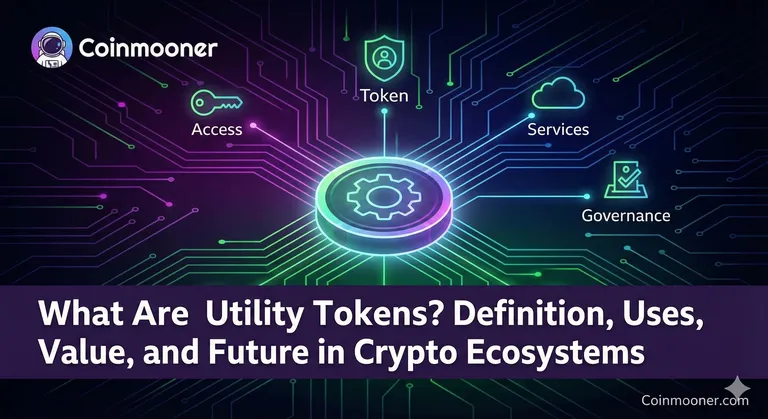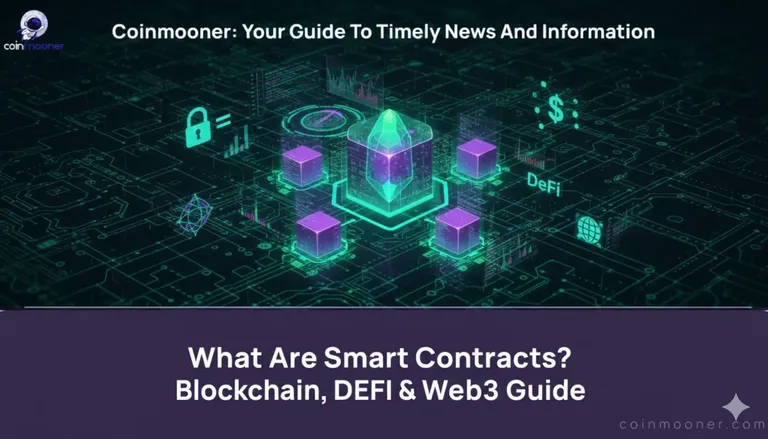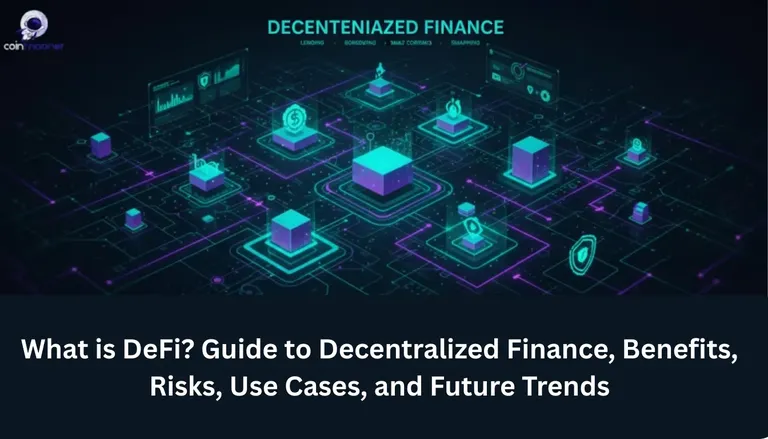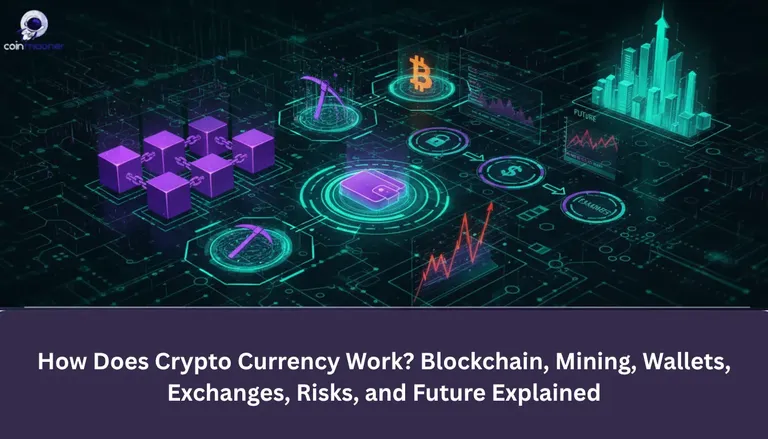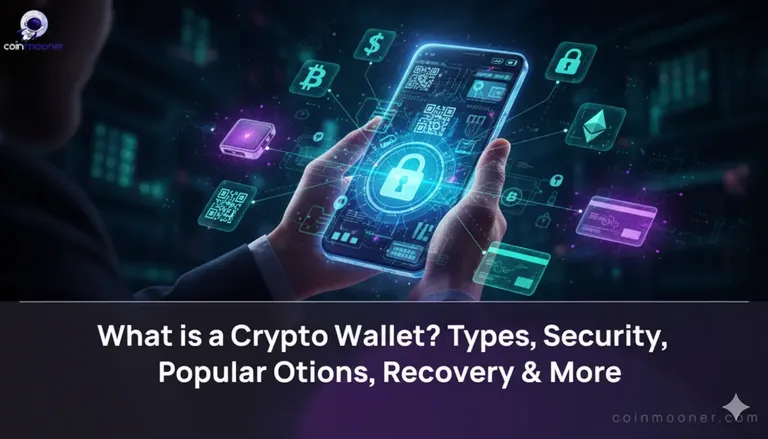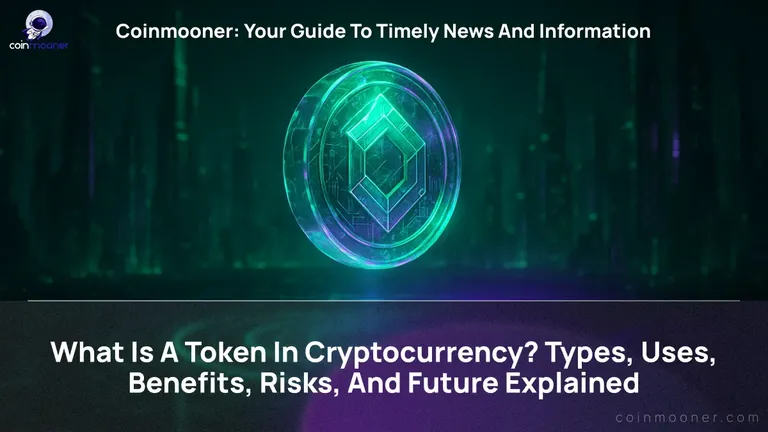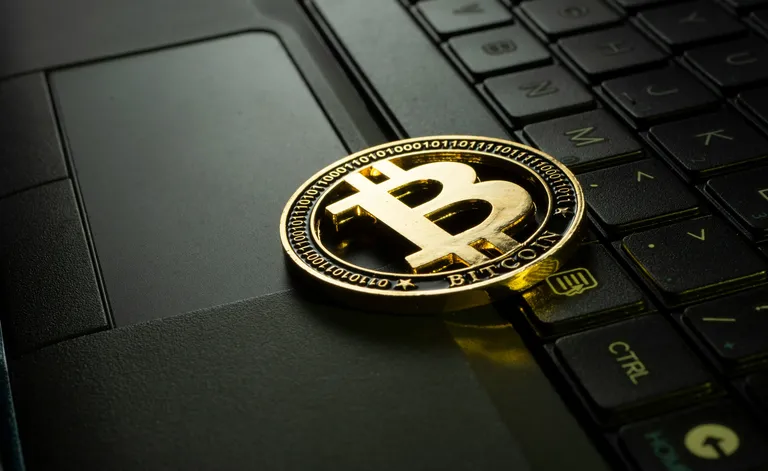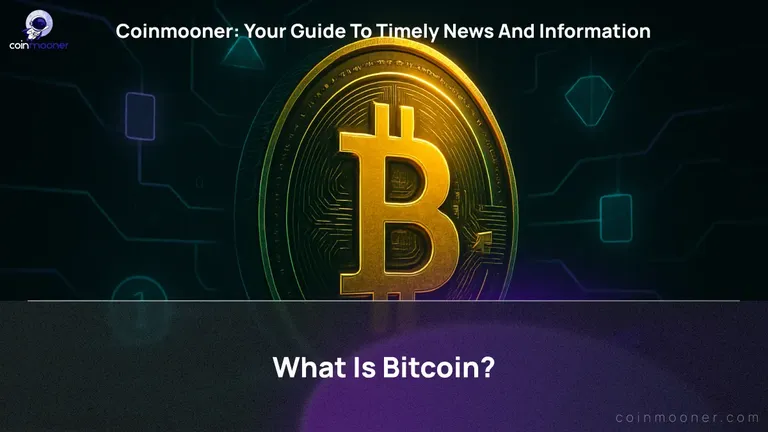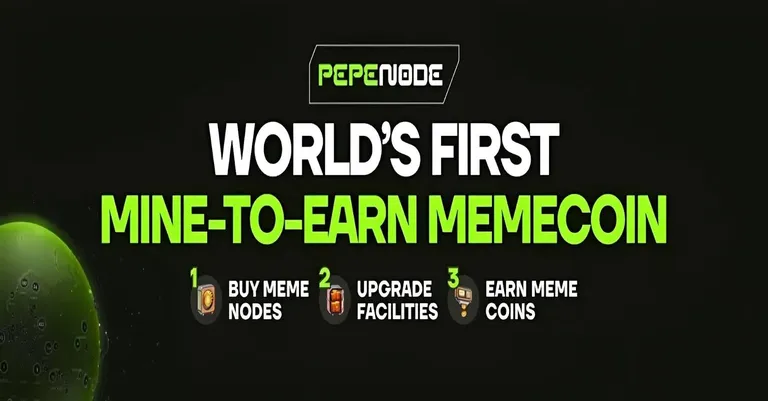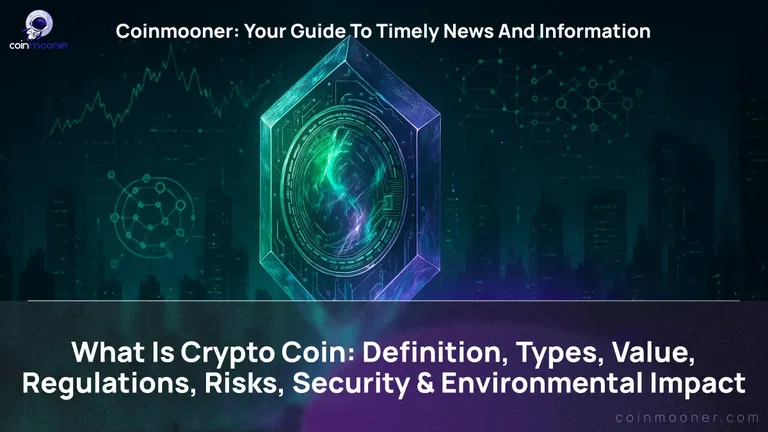Understanding Tokenomics and the Importance of Token Value
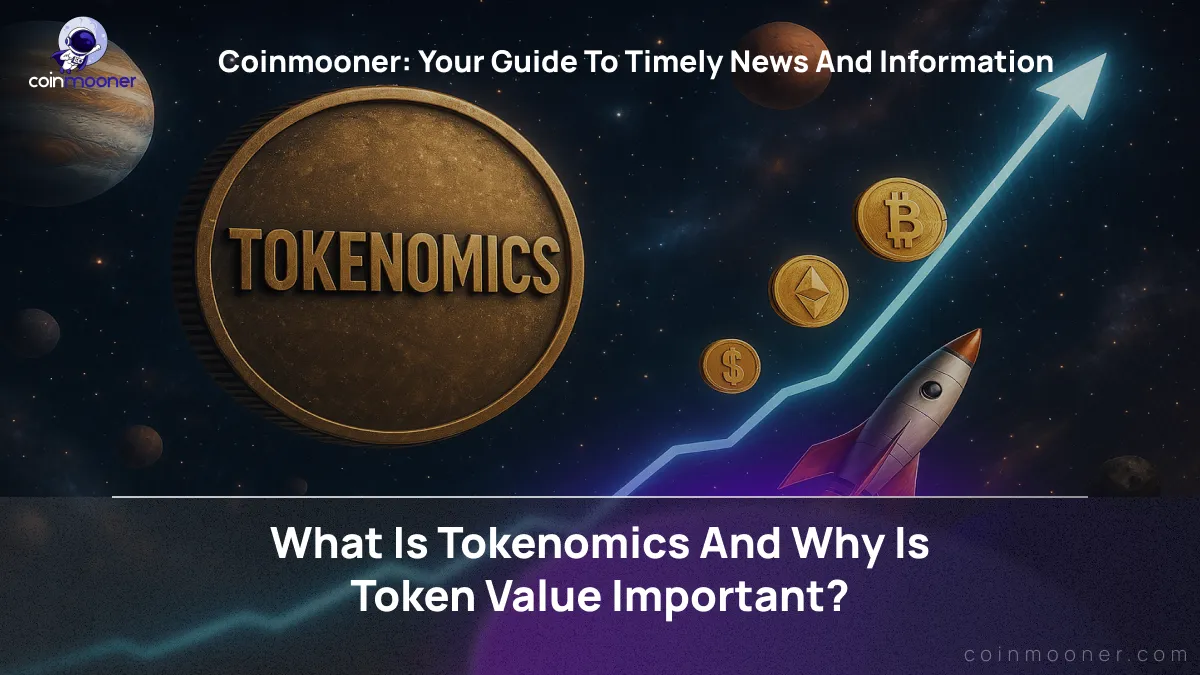
In Web3 and the crypto world, you often hear the term “tokenomics,” especially when talking about new projects, airdrops, or investment analysis. But what does it really mean in practice? Why do some tokens manage to keep their price and grow, while others die right after listing? Why does a token even need some kind of “value,” and where does that value come from?
In this article, our team at Coinmooner will explain what tokenomics is in simple words, why it matters, and how a token’s value is created - from use cases to inflation and demand.

Understanding Tokenomics: Emission, Distribution, and Demand
What is tokenomics?
Tokenomics is the economy of a token. That means the set of rules, parameters, and mechanisms that define:
• why the token is needed (its functions and uses, or use case),
• how many tokens exist (emission),
• how they are distributed (token distribution),
• how the amount of tokens will grow or shrink (inflation/deflation),
• and most importantly - why someone might want it.
Simply put: tokenomics is everything that affects the supply and demand of a token, and therefore its price.

The True Purpose of Token Value: Beyond Just a Digital Coin
Why does a token even need value?
Imagine a project without tokenomics. It creates a token just because “everyone does it.” Users get the token from an airdrop, then sell it right away. After a couple of weeks, the price drops by 90%, interest in the project disappears, and the developers give up. This is a classic example of bad tokenomics.
Now imagine a different case: the token has a real use. For example, it’s needed to pay fees, get access to premium features, vote, or share in profits. In this case, the token has a real purpose -and that means demand.
The higher the demand and the more limited the supply - the higher the token’s potential value.
Components of Tokenomics
Use Case (token’s purpose)
This is the foundation. Without a use case, a token is just a picture with a number.
Examples:
• In Ethereum, the ETH token is needed to pay fees (gas).
• In Aave, the AAVE token allows participation in protocol governance and staking.
• In StepN, the GMT token is used for upgrades and sneakers.
Important: if no one needs the token inside the ecosystem, sooner or later no one will need it outside either.
Emission: how many tokens and when
Emission is the number of tokens in circulation and how they appear:
• Fixed supply - a strictly limited supply (for example, BTC has a maximum of 21 million).
• Inflationary - the number of tokens increases over time (for example, DOGE or some staking tokens).
• Deflationary - some tokens are regularly burned, reducing the total supply (an example is the burning mechanism in BNB or ETH after EIP-1559).
Balance is critical here: too high emission can devalue the token. But zero inflation also makes the system less flexible for new users.
Token Distribution
It’s important who gets how many tokens:
• Team
• Investors
• Founders
• Community (airdrop, staking)
• Ecosystem fund
An example of bad tokenomics: 60% with the team and investors, 5% with users. This means a huge amount of tokens can be sold right after the TGE (Token Generation Event).
Fair distribution is a sign of a project’s long-term outlook and respect for the community.
Incentive and Usage Mechanics
How does the project encourage people to hold, use, or stake tokens?
Examples:
• Staking with rewards (like Lido).
• Voting for the project’s future (DAO).
• Payments and discounts (for example, with BNB you can pay Binance fees at a discount).
The more ways to use the token, the higher the chances people will buy and hold it.
Inflation and Deflation
If tokens are continuously issued - that’s inflation. If some tokens are burned — that’s deflation.
It’s important to find a balance:
• Inflation is needed for motivation (rewards for activity).
• Deflation is important to control supply and support the price.
A good example: ETH became deflationary after EIP-1559, which helps support its price during high network activity.

What Affects Token Prices? A Simple Economic Breakdown
What affects the token’s price?
From an economic point of view, a token’s price is a function of supply and demand. It’s important to understand:
• Demand grows if: more people want to use the token, there is motivation to hold it, the project is growing.
• Supply grows if: tokens are actively unlocked, there are no holding mechanisms, or inflation is too high.
If demand outpaces supply - the price goes up. If it’s the other way around - the price falls.

Tokenomics Made Easy: What to Look for Before Joining a Project
How to tell if tokenomics is good?
Before joining a project or buying a token, ask yourself simple questions:
Why is the token needed?
Is there steady demand for it in the ecosystem?
What is the inflation? How many tokens will exist in a year?
How are the tokens distributed? Are they too concentrated with the team or investors?
What incentives do users have to hold or use the token?
If there are honest and logical answers to these questions - the tokenomics is most likely solid.

COINMOONER
Tokenomics is not just a token distribution scheme, but the economic architecture of a project. It’s what decides if a token will be a useful tool, an investment asset, or just a “fake.”
Good tokenomics always rests on three pillars:
• Use case
• Smart distribution
• A healthy balance between inflation and incentives to use
Remember this: a token without demand is not an investment, it’s a lottery. And good tokenomics is the foundation on which a sustainable Web3 ecosystem is built.

